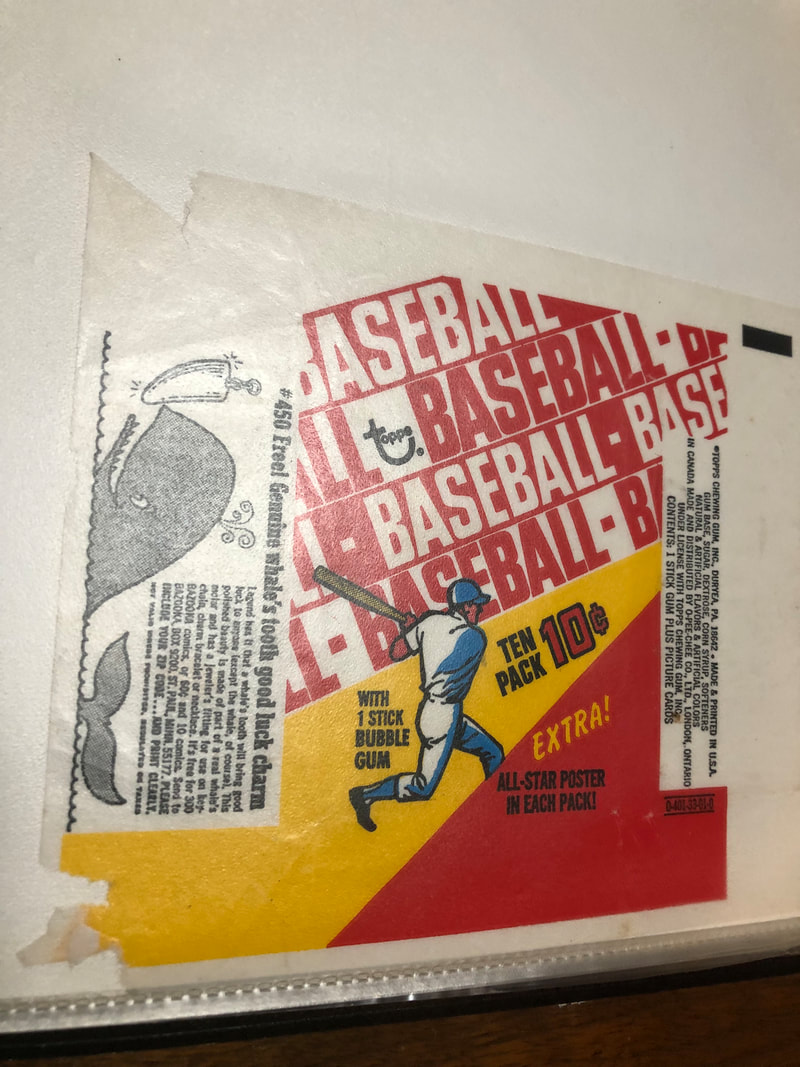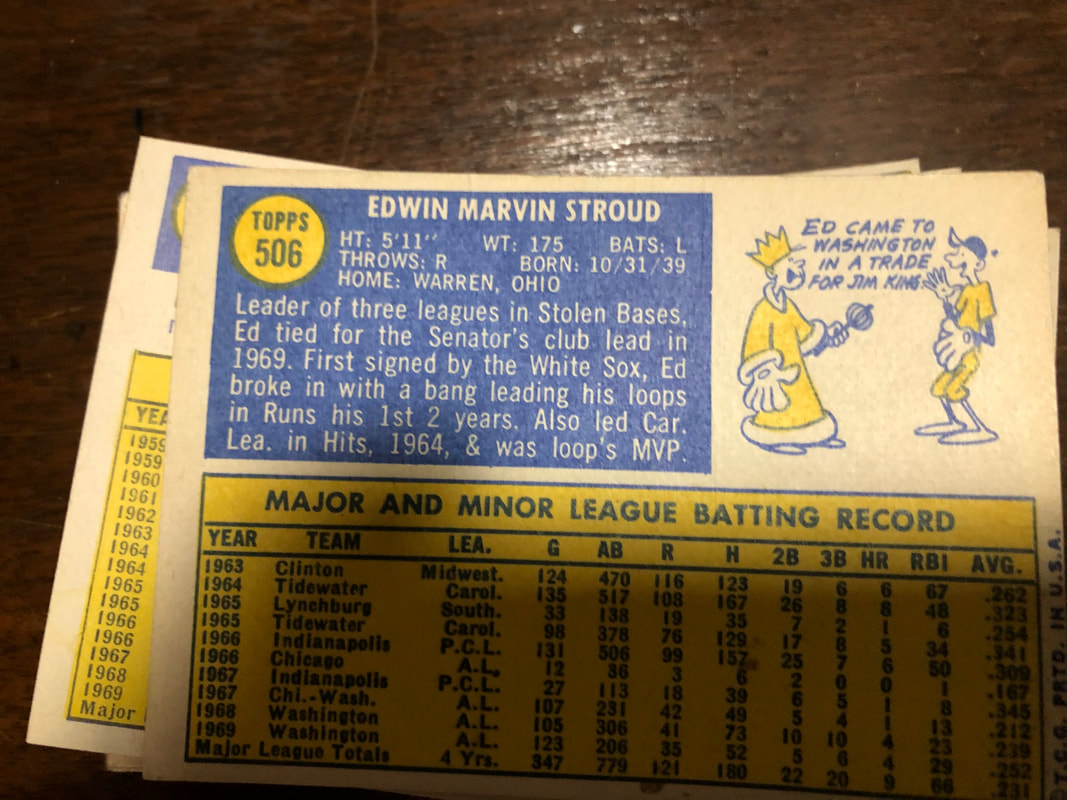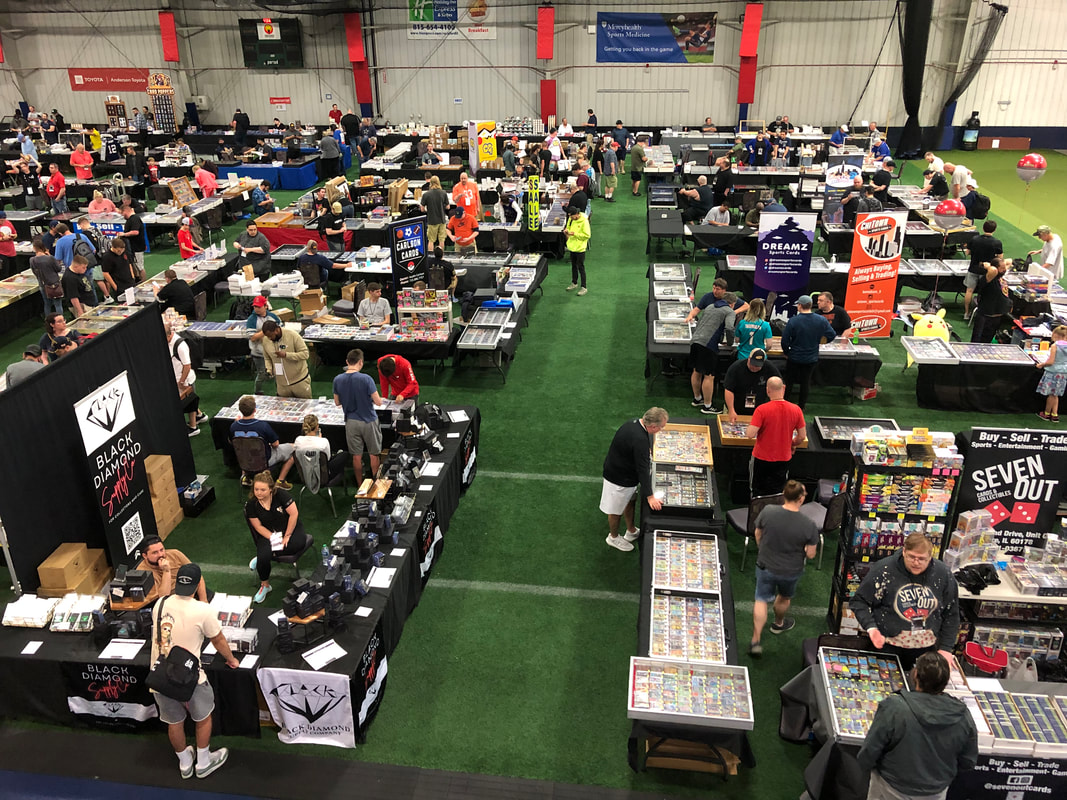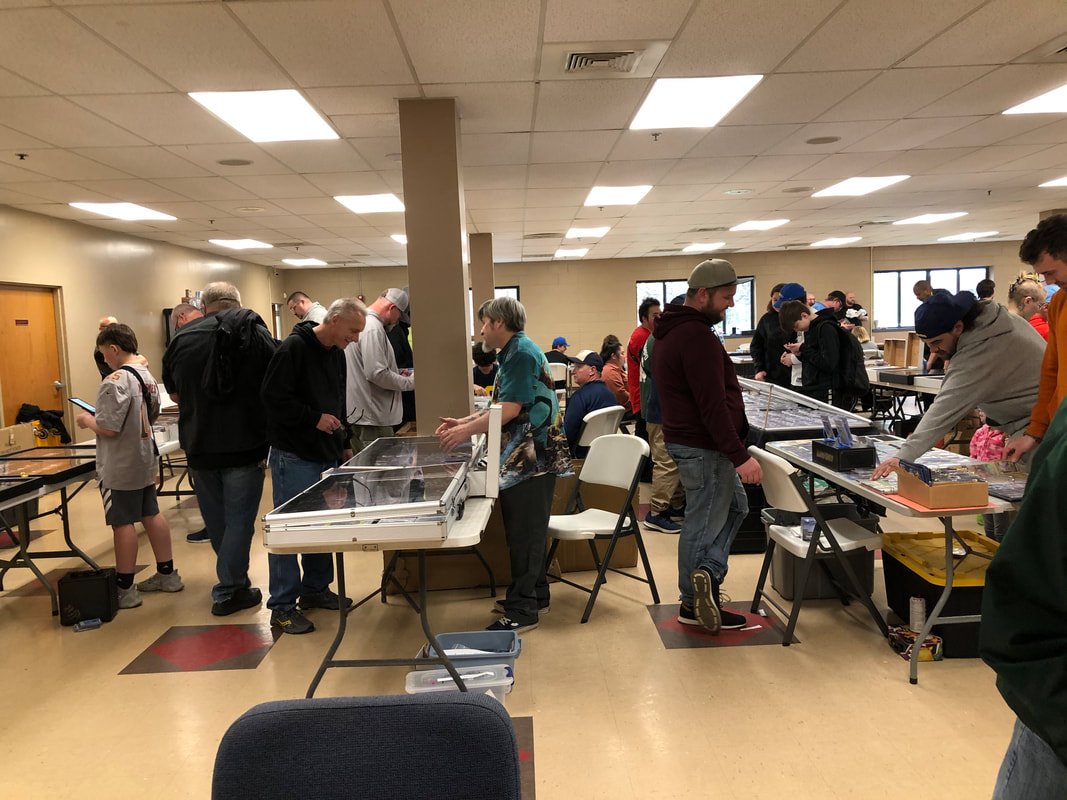My mom drove me to school every morning in her early 1960’s beatermobile. I don’t remember what make of car it was but it was huge and had one of those long front seats, AM radio, and a thin steering wheel. I sat in front, no seat belt. I remember at the intersection by school there was a hippie crossing guard, who I later got to know as he had twin younger brothers my age. They were all huge Cubs fans, screaming at the TV whenever I was over during a game.
My older brother, who I affectionately refer to as “Dickhead,” collected baseball cards in 1970. My mother promptly threw them away as she did with all our stuff. It took years of fighting with her to get her to stop.
Over the next several years, I was able to find a handful of my brother’s 1970 Topps hidden and scattered about the house. I thought they were pretty cool.
Later, in the mid-1970’s, as I began collecting baseball cards with my buddy Andy, we would swipe hordes of them from his older brother, also a dickhead. By the late 1970’s, when Andy’s parents split and he moved with his mother into a nearby townhouse, I was able to purchase all of his older brother’s cards for about twenty bucks. I received a brown paper grocery bag filled to the brim with cards from 1969 through 1974. I think this occurred around 1977 and I now had hundreds of 1970 Topps baseball cards.
The 1970 Topps set featured 720 cards — the largest set Topps had produced up until that time. Topps released the set in seven different series with the last series, cards numbered 634 to 720, being the hardest to currently obtain because they were issued in the fall when kids had lost interest or had moved onto to other things like collecting football, basketball, and hockey cards. Cards of Nolan Ryan and Johnny Bench were issued in Series 7 and carry a premium due to their scarcity.
The big rookie in 1970 was Thurman Munson. Though, if you were a kid in the early 1970’s, you valued the rookie card of Vida Blue (RIP), who dominated the early part of the decade and was considered a superstar by us kids back then. I also really like the rookie card of Bill Buckner, who I came to love when he played for the Cubs. Another rookie of note is Darrell Evans.
Some other 1970 Topps cards I always sought to obtain were those depicting the Seattle Pilots, who existed for one year but had cards in 1969 and 1970. The Pilots went bankrupt after their one season and were purchased by Bud Selig, who moved the franchise to Milwaukee, renaming them the Brewers.
When I started setting up at card shows in Milwaukee, around 20 years ago, I learned that Pilots cards carry a premium in Milwaukee. Those that collect the complete run of Brewers team sets, seem to start with the 1969 and 1970 Topps Pilots sets.
I have seen a lot of critique of the 1970 design, which I think is unwarranted. I have always liked the design. The gray backdrop always made the cards seem much older than they actually were, which was something I always liked about the cards.
Card Number 1 was always kind of a painful card for me due to growing up in the north suburbs of Chicago where Cubs fandom is rampant. The Mets broke the hearts of Cubs fans with their epic run at the end of the 1969 season, passing the Cubbies and rolling through the playoffs and World Series to take the title.
That 1969 Cubs team is still the most beloved team in the history of Cubdom. That card number one depicting the Mets World Series Championship just hurts. It has actually taken years for me to stop hating the Mets.
Topps debuted Playoff cards in 1970, something I enjoyed. I also love the All-Star cards which Topps reused the 1961 All Star design of having the player’s portrait pop out of a newspaper.
Other than the high numbers and relatively large number of cards in the set, the 1970 Topps baseball set is a rather simple one to complete, largely because it is the first set since Topps began issuing cards in 1952 that did not contain Mickey Mantle, as he retired after the 1969 season.
A few years ago, I picked up a 1970 Topps wrapper, pictured above, and have it prominently in my collection. Wax packs in 1970 cost 10 cents each and included 10 cards and an insert of either a poster, scratch off or booklet. I have obtained quite a few of these inserts over the years and really like them. I am amazed that they do not carry much of a value, so obtaining complete sets of the inserts are just as easy as building the base set.
Topps’ photographers stepped up their game for the 1970 Topps set which featured some unique and excellent photos like Bud Harrelson signing autographs for fans, the Hank Aaron photo seemingly looks like the photographer sneeked up on him, I like the Lou Brock photo showing him chilling out by the batting cages, then there are several photos depicting players choosing bats like Harmon Killebrew, Juan Rios, Jose Laboy, Del Unser, Gary Moses, Bob Oliver, Andy Etchebarren, Jay Johnstone, and Tony Taylor.
I have always been a huge fan of the backs of baseball cards and continue to read them and go through the statistics. The backs off the 1970 Topps baseball are some of the best, featuring complete stats and a cartoon depicting an aspect of each player.
In addition to collecting cards, I collect autographs as well. I have always found the 1970 Topps one of the best issues to get autographed due to the clean design and lack of facsimile auto. I have obtained quite a few signed 1970 Topps over the years.
So back in 1977, after I purchased that horde from Andy’s brother, I sorted all of the cards by year, then by number. I then pulled out all of the star cards, placed them in photo albums, and priced them through the ads in Sports Collectors Digest. In the summer of 1978, my dad packed me and my baseball cards, along with assorted junk from the house into the station wagon my mom now drove after the beatermobile died, and set me up at the flea market at the Twin Drive-in in Wheeling, Illinois. I sold cards there on Sundays all summer long and took in quite a haul.
As the years went on, I obtained more and more 1970 Topps baseball cards. Today, I probably have around 15,000 of them. I still buy them and don’t even know why -- I have so many. I have at least one complete set and am slowly building a second. Who knows how many complete sets I have if I was to actually go through all 15,000 cards.
The 1970 Topps baseball has always been a great seller and continue to be so. My current show binder of 1970 Topps baseball is nearly empty. I am slowly working on a second binder and hope to have it done in a month or so.
I was surprised at the lack of info I found on the internet related to 1970 Topps baseball, so I would really like to hear your thoughts on the set. Did you complete a set? Any roadblocks/issues in completing a 1970 Topps set? Anyone collect them back in 1970? Any memories? Please share!























 RSS Feed
RSS Feed